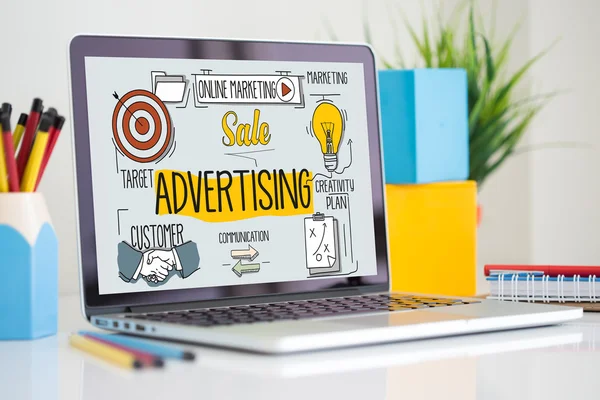
Personal ads have been a staple of human interaction for centuries, evolving from written notes to the digital age where applied science has drastically changed the way we connect with others. Initially, subjective ads appeared in newspapers and magazines as a way for populate to find society, love, or simply a way to pass with a broader circle of individuals beyond their immediate environment. These personal ads were often short-circuit, mystifying, and framed in a way that pleased wonder, with little room for elaborate verbalism. However, over the old age, subjective ads have adapted to shine social shifts and bailiwick advancements, leadership to the Bodoni dating landscape we see today.
In the early on days, personal ads were often scripted with the aim of finding a life married person, or at least someone to partake in meaning experiences with. Most ads faced brief, impersonal descriptions like "seeking companionship" or "looking for a admirer." The anonymity that subjective ads offered allowed individuals to be more open about their desires without the immediate fear of sagacity. In the pre-internet world, personal ads were publicised in newspapers or speciality magazines, and their express quad meant that advertisers had to be succinct, often using coded terminology to communicate personality traits, interests, and preferences. As a leave, personal Buy and sell during this era were often seen as a mystical windowpane into someone’s life and attracted a particular kind of individual willing to engage in a unique form of .
With the rise of the net, subjective ads practised a massive shift. Websites devoted to matchmaking, such as Match.com, eHarmony, and later platforms like Tinder, began to shape the way people approached romanticist connections. The transfer from publish to whole number meant that populate could connect with others from across the Earth in a matter of seconds, no longer limited to their local geographical area. The evolution of subjective ads in this digital age has been both striking and deep. Profiles could now let in photos, careful descriptions of interests, values, and desires, along with more particular preferences, such as life-style choices, hobbies, and even political views. What once began as a small, common soldier advertising now became a populace and often more elaborate portrait of an individual's personality.
Social media platforms, particularly Facebook, Instagram, and Twitter, have further unclear the lines between personal ads and general online front. While these platforms weren't premeditated specifically for geological dating or companionship, many users have altered them for these purposes, with geological dating apps often offering direct integrating with sociable media. What we once knew as personal ads now ofttimes take the form of status updates, photos, or casual comments that can draw i potency partners or friends, furthering the integer age’s customization of human fundamental interaction.
Furthermore, the organic evolution of personal ads also reflects changes in societal norms and values. In past decades, dating and marriage were often seen through a traditional lens, with social expectations shaping who people sought-after as partners. Today, subjective ads are more comprehensive, often celebrating diversity in race, sexuality, physiological property predilection, and kinship preferences. This inclusivity has open up avenues for connection that were previously marginalized or unseen, allowing individuals to verbalise their trusty selves without the constraints of orthodox norms.
However, with the and availability of online subjective ads, there also comes a shift in the nature of relationships themselves. The immediate nature of online can sometimes reduce the of substantive conversation, and the ease of switching between profiles has given rise to concerns about shallowness and momentary connections. Critics reason that applied science has made relationships more transient, and while populate may have more options than ever before, the existent tone of connections may not needfully have improved.
In termination, subjective ads have come a long way, from their abase beginnings in publish media to their flow, multifarious presence in the integer earth. As engineering science continues to shape homo relationships, the role of personal ads will likely germinate even further, offering new ways to , give tongue to, and interact with one another. As we look to the hereafter, one matter is : the desire for important connection corpse dateless, even as the methods through which we find it preserve to transfer.
